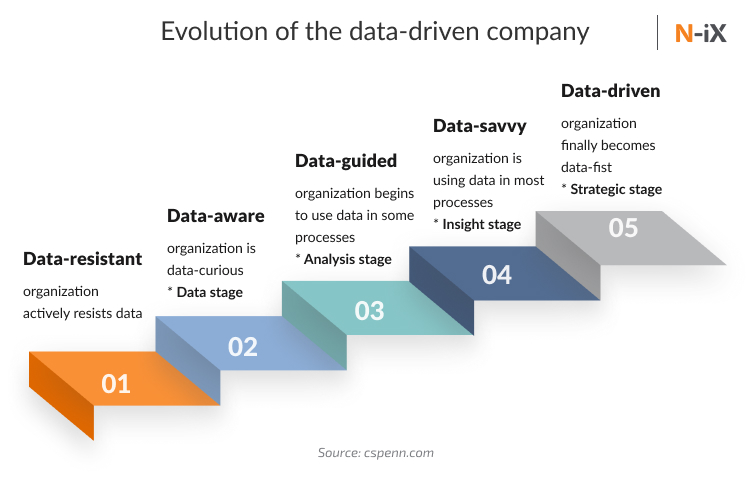
How to Implement Business Intelligence Software Without Hassle
Implementing business intelligence (BI) software can be a daunting task, especially for organizations that are new to data analysis and visualization. With so many options available in the market, choosing the right tool can be overwhelming, and the implementation process can be complex and time-consuming. However, with a clear understanding of the requirements and a well-planned approach, organizations can implement BI software without hassle and start reaping the benefits of data-driven decision-making.
Understanding Business Intelligence Software
Before we dive into the implementation process, let’s first understand what business intelligence software is. BI software is a set of tools that enable organizations to collect, analyze, and visualize data from various sources, such as databases, spreadsheets, and external data sources. The primary goal of BI software is to provide insights and trends in the data, which can help organizations make informed decisions and improve their operations.
Benefits of Business Intelligence Software
The benefits of implementing BI software are numerous. Some of the key advantages include:
- Improved decision-making: BI software provides real-time data and insights, enabling organizations to make informed decisions quickly.
- Increased efficiency: Automated reporting and analytics capabilities reduce manual work and free up resources for more strategic tasks.
- Enhanced visibility: BI software provides a unified view of the organization, enabling managers to monitor performance and identify areas for improvement.
- Competitive advantage: Organizations that use BI software can respond faster to market changes and stay ahead of the competition.
Steps to Implement Business Intelligence Software
Implementing BI software requires a structured approach. Here are the steps to follow:
- Define the requirements: Identify the business problems you want to solve and the insights you need to gain. Determine the types of data you need to collect and analyze.
- Choose the right tool: Evaluate different BI software options based on your requirements, budget, and technical expertise. Consider factors such as ease of use, scalability, and support.
- Develop a project plan: Create a project plan that outlines the scope, timeline, and resources required for the implementation.
- Data preparation: Collect, clean, and prepare the data for analysis. This includes data migration, data warehousing, and data governance.
- Configure the software: Configure the BI software to meet your organization’s specific needs. This includes setting up users, roles, and permissions.
- Develop reports and dashboards: Create reports and dashboards that provide insights and trends in the data.
- Test and deploy: Test the BI software and deploy it to the end-users.
- Train and support: Provide training and support to end-users to ensure they can effectively use the BI software.
Best Practices for Implementing Business Intelligence Software
To ensure a successful implementation, follow these best practices:
- Start small: Begin with a small pilot project to test the software and process.
- Involve stakeholders: Engage stakeholders throughout the implementation process to ensure that the software meets their needs.
- Focus on user adoption: Provide training and support to ensure that end-users can effectively use the software.
- Monitor and evaluate: Continuously monitor and evaluate the BI software to ensure it is meeting the organization’s needs.
- Stay up-to-date: Stay current with the latest trends and technologies in BI software to ensure the organization remains competitive.
Common Challenges in Implementing Business Intelligence Software
Implementing BI software can be challenging, and common obstacles include:
- Data quality issues: Poor data quality can lead to inaccurate insights and decisions.
- User resistance: End-users may resist adopting new software, especially if it requires significant changes to their workflow.
- Technical issues: Technical problems, such as data integration and software compatibility, can slow down the implementation process.
- Cost and budget: Implementing BI software can be expensive, and organizations may struggle to allocate sufficient budget.
- Change management: Implementing BI software requires significant changes to business processes and culture.
Overcoming Common Challenges
To overcome these challenges, consider the following strategies:
- Develop a data governance plan: Establish a data governance plan to ensure data quality and integrity.
- Provide training and support: Offer comprehensive training and support to end-users to ensure they can effectively use the software.
- Address technical issues: Work with the software vendor or internal IT team to resolve technical issues quickly.
- Prioritize budget allocation: Allocate budget to the most critical aspects of the implementation, such as software licenses and training.
- Communicate changes: Communicate changes and benefits to stakeholders to ensure a smooth transition.
Conclusion
Implementing business intelligence software can be a complex and challenging process, but with a clear understanding of the requirements and a well-planned approach, organizations can overcome common obstacles and achieve success. By following best practices, such as starting small, involving stakeholders, and focusing on user adoption, organizations can ensure a smooth implementation and start reaping the benefits of data-driven decision-making. Remember, the key to successful BI software implementation is to stay focused on the business needs, prioritize user adoption, and continuously monitor and evaluate the software to ensure it remains aligned with the organization’s goals and objectives.
Closure
Thus, we hope this article has provided valuable insights into How to Implement Business Intelligence Software Without Hassle. We thank you for taking the time to read this article. See you in our next article!


